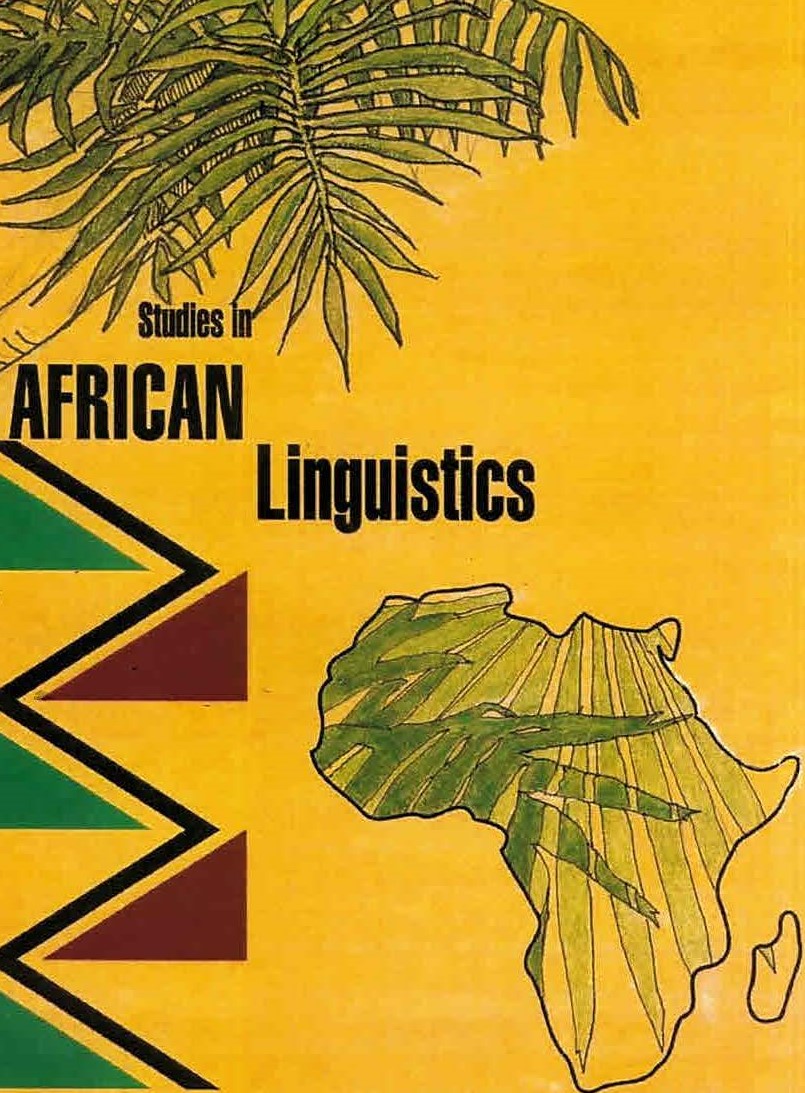Verbal Extension and Valence in Gumer Variety of Gurage
DOI:
https://doi.org/10.32473/sal.v51i1.121891Keywords:
Valence, argument, verb extension, Gumer-Gurage, SemiticAbstract
This article aimed to uncover the interaction between verbal extension and valence in the Gumer, an Ethiosemitic language. We used basic linguistic theory (BLT) as a methodology. We collected data from language assistants living in the Gumer district of Gurage. We grouped verbs in Gumer based on root patterns and morphosyntactic properties. We found four categories of verbal extensions that either increase, decrease or maintain valence. The valence increasing operations are causative and applicative. There are two causative forms, direct and indirect that are expressed with {a-} and {at-}, respectively. Benefactive applicative and malefacive applicative are shown with {-lv}/ {-nv} and {-bv}/ {-wv}, respectively. Valence reducing verbal extensions are passive, reflexive and reciprocal, all shown with a homophonous prefix {tə-}. Valence maintaining verbal extensions in the language are frequentative, intensive and iterative. There are a few stems forming extensions that encode but do not change valence.
Downloads
Published
Issue
Section
License
Copyright (c) 2022 Fekede Menuta Gewta

This work is licensed under a Creative Commons Attribution-NonCommercial 4.0 International License.


